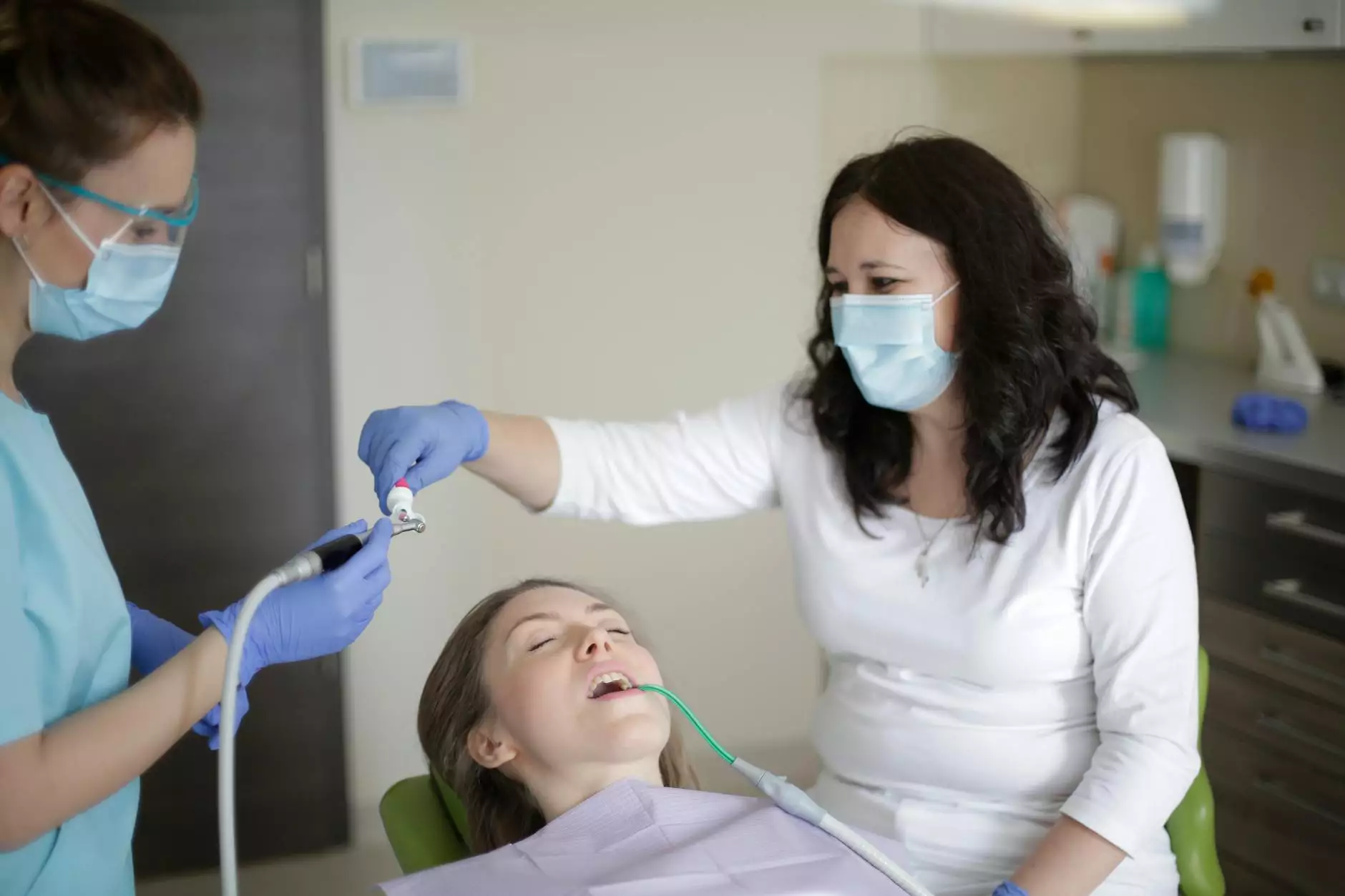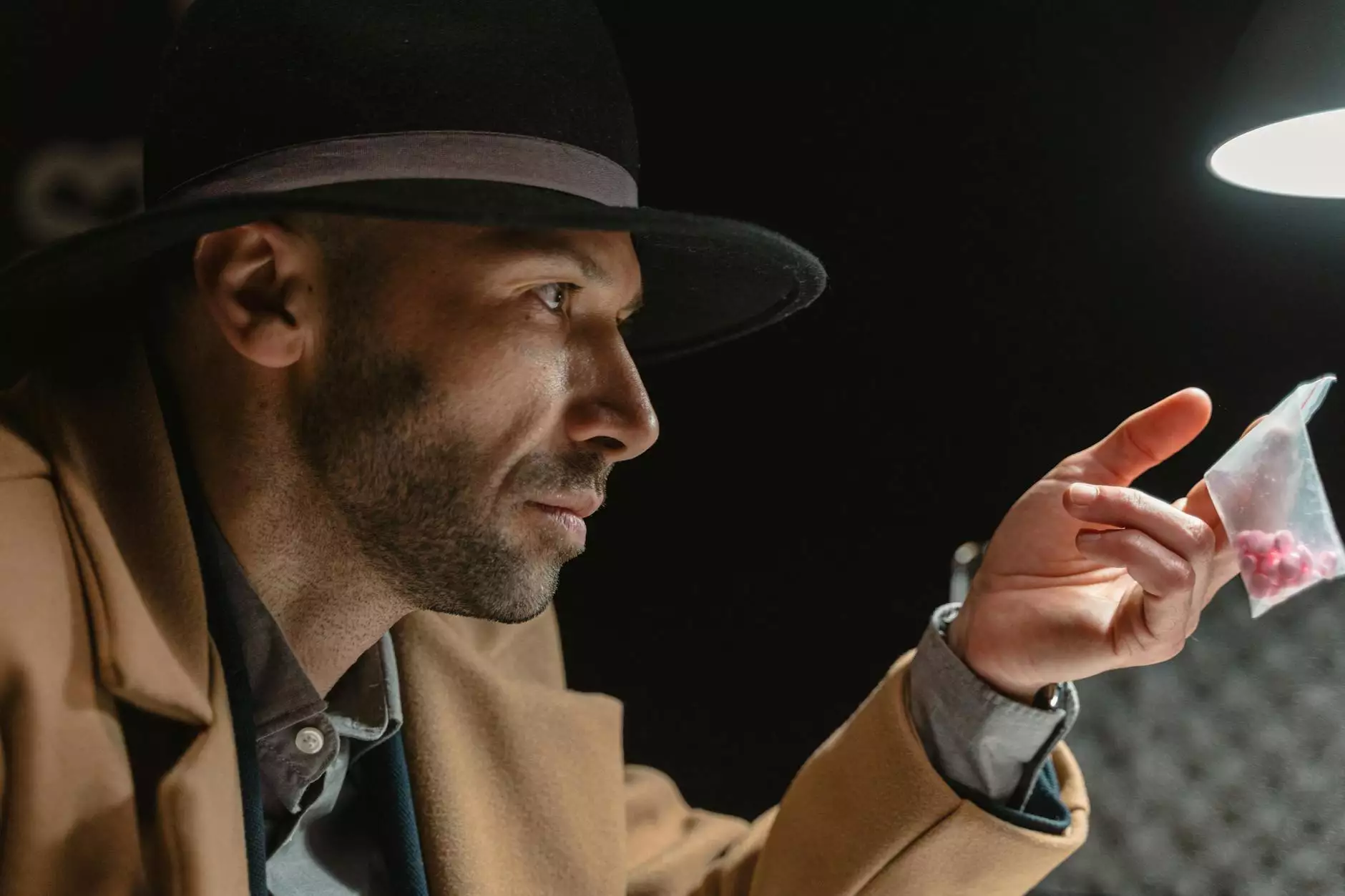Understanding Brown Spots on Your Legs

Brown spots on the skin can be a cosmetic concern for many, especially when they appear on prominent areas like the legs. If you’ve been wondering, “why do I have brown spots on my legs?”, you’re not alone. These spots can vary in size, shape, and color, and their presence may be due to numerous factors. In this comprehensive article, we will delve into the reasons behind these brown spots, and explore various treatment options available to you.
What Causes Brown Spots on the Legs?
Brown spots on the skin, also known as hyperpigmentation, can be attributed to several causes. Here, we will outline some of the most common reasons:
- Sun Exposure: One of the primary causes of brown spots is prolonged exposure to the sun. UV rays can lead to the production of melanin, resulting in localized darkening of the skin.
- Aging: As you age, the skin undergoes various changes, including the development of brown spots. Aging skin often shows signs of sun damage, which can manifest as these spots.
- Hormonal Changes: Hormonal fluctuations, particularly during pregnancy or menopause, can lead to the formation of brown spots. This is often referred to as melasma.
- Injury or Inflammation: Trauma to the skin or inflammatory skin conditions can result in post-inflammatory hyperpigmentation, leading to the appearance of brown spots.
- Medications: Certain medications can increase sensitivity to sunlight, causing the skin to darken in response to UV exposure.
- Genetics: Your genetic makeup plays a significant role in determining how your skin reacts to environmental factors and can predispose you to hyperpigmentation.
Signs and Symptoms of Brown Spots
Identifying brown spots is relatively straightforward. Here are the common characteristics to look for:
- Brown or tan patches on the skin, often flat and round.
- Spots may vary in size; some can be as small as a freckle, while others can be larger.
- They may appear in clusters or individually.
- Texture and skin feel remain unchanged unless associated with other skin conditions.
When to Seek Medical Advice?
While many brown spots are harmless, it’s crucial to consult a medical professional if you notice:
- The spots change color or size.
- The spot becomes painful, itchy, or begins to bleed.
- You develop new spots after years of having no skin blemishes.
At Truffles Vein Specialists, our team is equipped to assess and treat various skin conditions, including brown spots. We understand the importance of proper diagnosis and care for your skin health.
Diagnosis of Brown Spots
Diagnosis typically involves a thorough examination of the skin. Your health provider may take the following steps:
- Medical History: Understanding your family history, exposure to the sun, and any medications you’re taking can help identify potential causes.
- Physical Examination: A thorough inspection of the spots will allow the doctor to evaluate their characteristics.
- Skin Biopsy: In some cases, a biopsy may be performed to rule out more serious conditions.
Treatment Options for Brown Spots
If you are looking for solutions for those pesky brown spots, several treatment options are available today:
1. Topical Treatments
Topical creams can help diminish the appearance of brown spots. Here are some commonly recommended products:
- Hydroquinone: A skin-lightening agent that can help reduce pigmentation.
- Retinoids: Vitamin A derivatives that promote skin cell turnover, which can help lighten spots over time.
- Alpha Hydroxy Acids (AHAs): These acids exfoliate the surface of the skin and can assist in fading dark spots.
- Vitamin C: An antioxidant that can help brighten the skin and lighten hyperpigmented areas.
2. Professional Procedures
For more immediate results, consider consulting a dermatologist for professional procedures, which may include:
- Chemical Peels: This treatment involves applying a chemical solution to exfoliate the outer layer of skin, leading to improved skin tone.
- Laser Therapy: Lasers can target and break down melanin, effectively reducing or removing brown spots.
- Freezing (Cryotherapy): This involves applying extreme cold to dark spots, helping to eliminate or lighten them.
- Microdermabrasion: A procedure that exfoliates the skin, removing dead skin cells and debris, which can help even out skin tone.
Preventing Brown Spots
While it may not be possible to completely prevent brown spots, there are proactive measures you can take to reduce your risk:
- Sunscreen Usage: Apply a broad-spectrum sunscreen with an SPF of 30 or higher every day, even on cloudy days or when indoors.
- Protective Clothing: Wear protective clothing, such as long sleeves and wide-brimmed hats, particularly when outdoors.
- Avoid Tanning Beds: Tanning beds can significantly increase your chances of developing skin discolorations.
- Regular Skin Check-ups: Schedule regular visits with your dermatologist to monitor your skin's health and address any new concerns promptly.
Conclusion
Understanding the reasons behind “why do I have brown spots on my legs?” can empower you to seek the appropriate treatments and preventive measures. Brown spots can be an indication of sun damage, hormonal changes, or other underlying conditions, so prompt diagnosis and treatment are essential for maintaining healthy skin.
At Truffles Vein Specialists, we are dedicated to providing expert care in vascular medicine and addressing all your skin health concerns. Whether you are seeking advice on treatment options or preventive strategies, our team is here to support you in achieving your goals for healthy, beautiful skin.
Final Thoughts
Remember, while brown spots can be a common concern as we age, they do not have to be a permanent fixture on your skin. By understanding the causes, seeking proper treatment, and adopting preventive practices, you can take significant steps toward healthier skin. If you have any more questions about skin health or would like to schedule a consultation, don’t hesitate to contact us at Truffles Vein Specialists.









